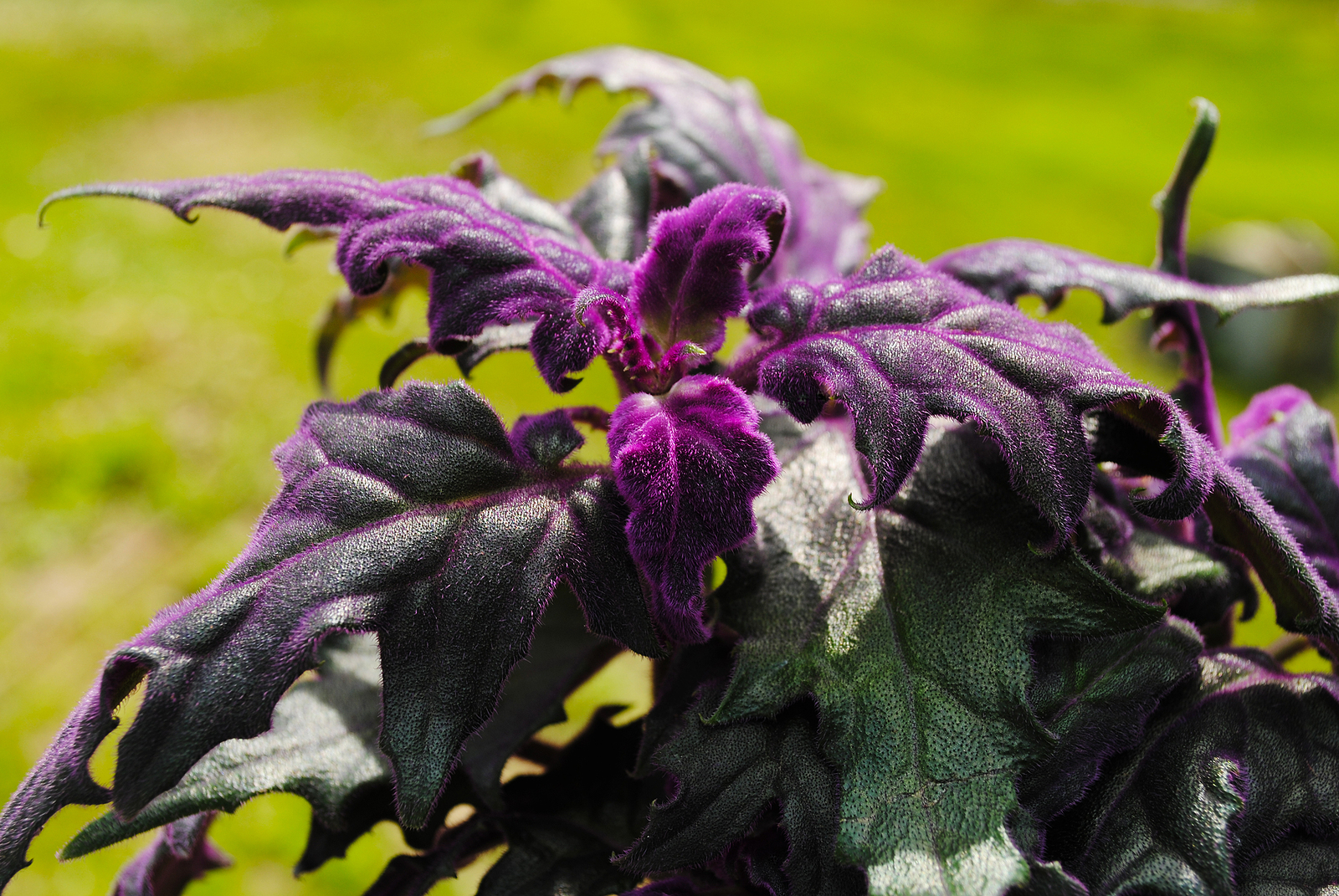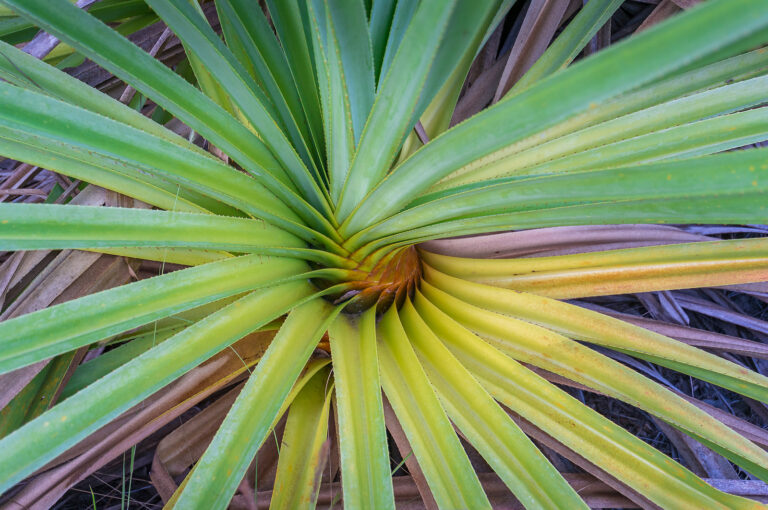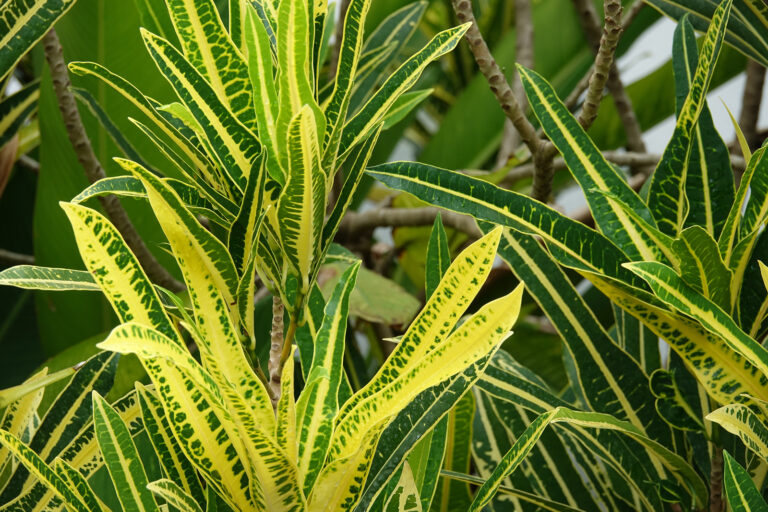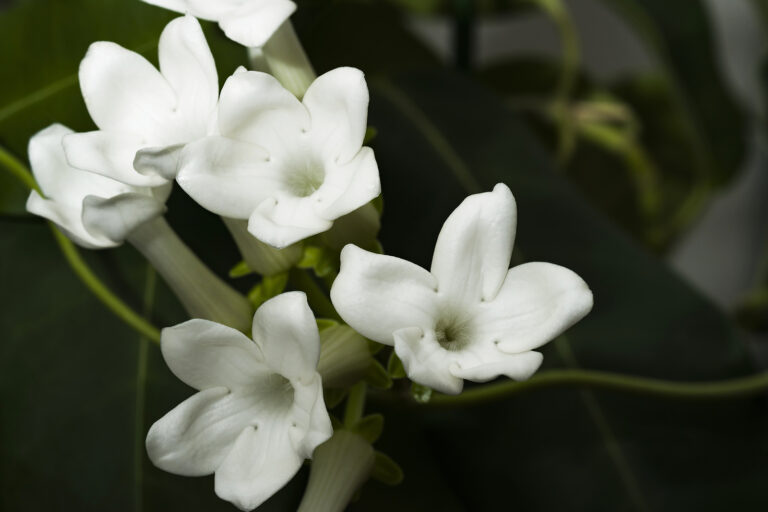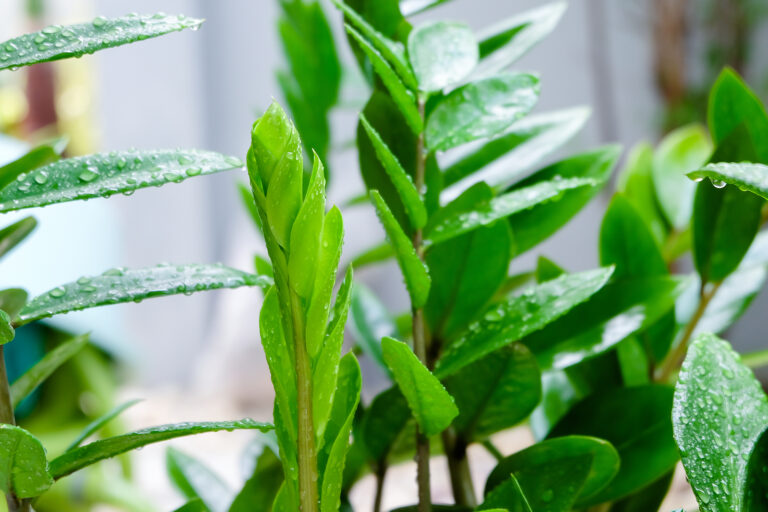How to Grow Purple Passion Plant — Gynura
Gynura is a handsome small perennial or trailing sub-shrub with soft, hairy, purple leaf surfaces that give the plant a velvety texture. It is sometimes called the purple passion plant or velvet plant.
Gynura grows easily at average room temperature and under artificial light. It catches the eye immediately with its vivid and exotic foliage.
Gynura can trail to 6 feet (2m) in length or more. The branching stems support velvety leaves covered on both sides with purple hairs. Pungent orange-yellow flowers are borne in late spring and early summer.
Gynura is a genus of about 50 species of evergreen perennials and subshrubs, some trailing. Gynura is native to tropical woodlands in Africa and Asia.
Get to know Gynura
- Plant type: Evergreen tropical perennial or subshrub
- Growing Zones and range:
- Hardiness: Grows best at temperatures between 60°and 70°F (16°-21°C)
- Height and width: 2 to 3 feet (61-91cm) tall and to 6 feet (2m) wide; stems are trailing
- Foliage: Lance-shaped green leaves grow 6 inches (15cm) long and 2½ inches wide with toothed edges. Velvety violet hairs cover both leaves and stems.
- Flowers: Small yellow or orange flowers with unpleasant scent; best to pinch away flowers
- Bloom time: Spring or summer
- Uses: Houseplant
- Common name: Purple passion plant, velvet plant
- Botanical name: Gynura
- Family: Asteraceae
- Origin: Tropical woodland in Africa and Asia

Where to plant Gynura
- Gynura grows best in bright, filtered light; too little light will cause the plant to become leggy and dull the purplish color.
- Gynura grows well under artificial light, needing 14 hours daily.
- Pot Gynura in standard indoor potting soil.
How to water and feed Gynura
- Allow top 1 inch (2.5cm) of soil to dry out between waterings; the plant will suffer if overwatered.
- Keep humidity high by placing the plant on a humidity tray. Do not mist Gynura or wet the foliage.
- Fertilize Gynura with a complete fertilizer from spring through early autumn; do not overfertilize or plant will become lanky.
Gynura care
- Pinch off growing tips regularly to produce a bushy plant.
- Repot when roots occupy ½ of pots space.
- Let plant rest from late fall through winter; keep in a cool, well-lit spot at 55°F (13°C); reduce water, keeping barely moist; feed half as frequently.
Growing Gynura as a houseplant
- Grow Gynura in bright light to maintain its vivid coloration.
- Gynura needs high humidity and a warm temperature; the foliage can be damaged if the temperature drops below 55°F.
- The soil should be kept evenly moist.
- Be careful when wateriing; splashes of water may leave permanent makres on the leaves.
- Fertilizer should be applied once a month during spring and summer.
Gynura pests and diseases
- Gynura is occasionally bothered by aphids, mealybugs, whiteflies, and spider mites.
Gynura propagation
- Propagate Gynura by stem cuttings taken in summer.
Gynura varieties to grow
- Gynura aurantiaca, purple velvet plant, purple passion vine. Grow erect when young then gradually becomes trailing to 3 feet long as it matures; leaves are 4 to 8 inches long and 4 inches wide; leaf edges are jagged. Cultivars ‘Purple Passion’ and ‘Sarmentosa’ are commonly sold.

